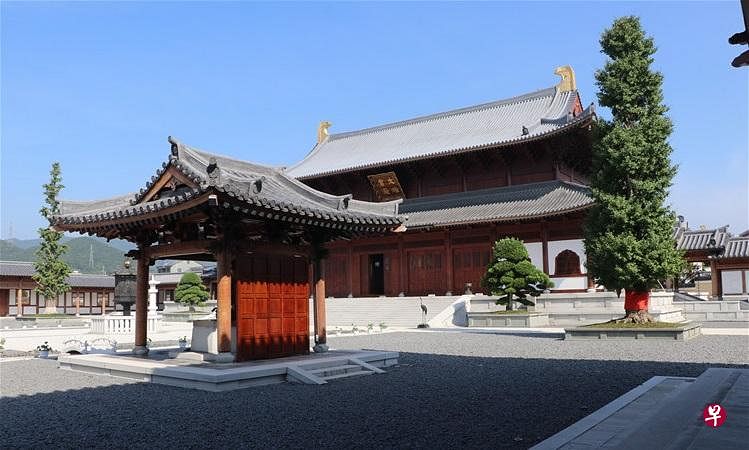
(Ningbo Comprehensive News) The Guangde Temple in Ningbo, Zhejiang, China caused controversy due to the shape of Japanese -like buildings. However, architects believe that the design of the temple is not a wind. The local government also said that its planning layout has been approved by the National Religious Affairs Bureau.
According to the Global Times of the official media, some netizens who visited Guangde Temple for "Tang Feng Song Yun" said that some buildings and components of the temple were suspected to confuse Japanese style.Japanese elements such as wind, dry landscape and Japanese lanterns.
However, Xie Jing, a doctorate instructor at the Department of Architecture of the University of Science and Technology of Ningbo University, pointed out that the biggest characteristic of traditional Chinese architecture is mainly the central axis, and the side room on both sides has a ritual layout of the side room.It is a typical Chinese layout.
Xie Jing also explained that due to the influence of the Northern and Southern Dynasties and the Tang Dynasty, Japanese architecture may be similar to traditional Chinese buildings in the single shape.
The staff of the United Front Work Department, where the temple is located, said that Guangde Temple was built in the late Ming and early Qing dynasties.With the approval of the county ethnic and religious bureau, there is no problem with the process.




